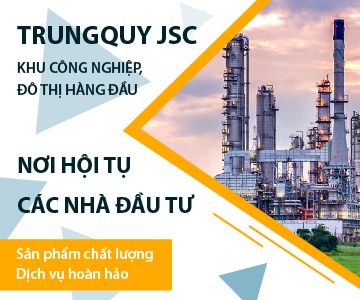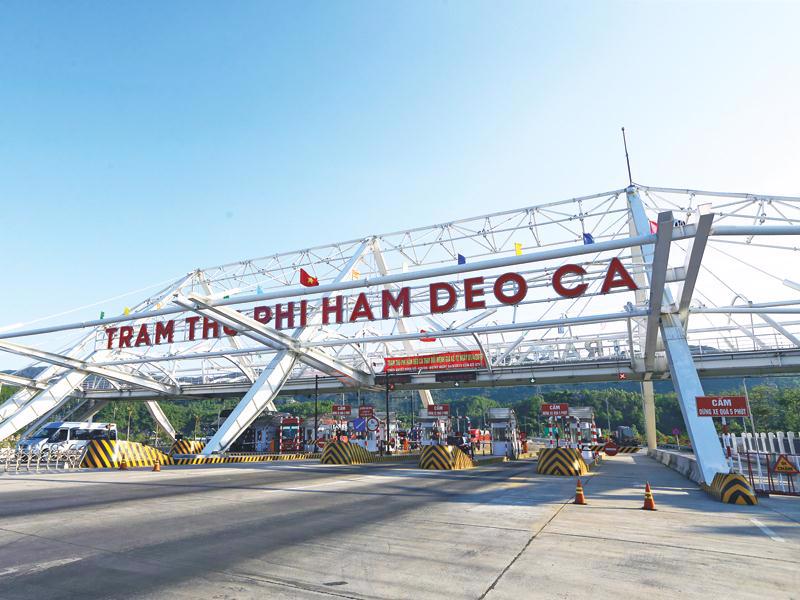INTERNATIONAL INVESTMENT
AND PORTAL
 Duyen Ha Vo, senior partner, Vilaf
Duyen Ha Vo, senior partner, Vilaf
Finished pharmaceutical products were initially excluded from US President Donald Trump’s reciprocal tariff regime announced in April. However, President Trump signed on May 12 an executive order aimed at lowering prescription drug prices in the United States.
This executive order tasks the Secretary of Health and Human Services with two main responsibilities: first, to facilitate direct-to-consumer purchasing programmes that offer pharmaceutical products at the most-favoured-nation (MFN) price, defined as the lowest price available in similarly developed countries; and second, to communicate MFN price targets to pharmaceutical manufacturers within 30 days of the order, in collaboration with state health authorities and the Centres for Medicare and Medicaid Services. The objective is to align US drug prices with those in other developed markets.
If pharmaceutical companies fail to deliver meaningful price reductions, the executive order authorises the initiation of formal rulemaking to enforce MFN pricing.
While the long-term development of the tariff regime and MFN pricing enforcement remains uncertain, the US government appears more likely to prioritise price control mechanisms over further tariff increases. This is because raising tariffs on pharmaceuticals would not necessarily incentivise domestic production in the US and could worsen the affordability crisis for American consumers, undermining the administration’s stated public health goals.
However, countries are still in the process of negotiating trade terms with the US, and the outcome of tariff policies will remain uncertain until the negotiations are concluded.
The executive order primarily targets patented medicines, which typically exhibit significant price disparities across developed markets. Pharmaceutical companies may adjust their global pricing strategies to narrow these price gaps, which could lead to price increases in markets outside the US, potentially impacting the pricing in developing countries as well.
For generic medicines, the executive order is generally assessed to pose limited adverse impact. This is because generic drugs inherently have very low production costs and narrow profit margins compared to patented (brand-name) medicines.
On the other hand, the US MFN pricing policy may stimulate growing global demand for high-quality, cost-effective generic drugs and active pharmaceutical ingredients (APIs). This context arises as healthcare systems, manufacturers, and consumers seek more affordable alternatives to certain patented drugs, as well as additional or alternative API sources outside of China.
At the same time, manufacturing facilities supplying import markets outside the US may also gain a pricing advantage if they utilise tariff-exempt API sources.
Vietnam’s pharmaceutical sector is not expected to face direct or immediate impact from these US policy changes, given that it currently plays a modest role as an exporter to the US and other developed markets. However, the global shift towards cost control and generic alternatives presents both challenges and strategic opportunities for Vietnam.
Vietnam remains heavily dependent on imports of both finished pharma products and APIs. US tariffs and drug pricing policies could push up the cost of imported medicines, exposing Vietnam to risks of supply chain disruptions and cost volatility.
According to BMI, pharmaceutical sales in Vietnam reached $6.4 billion in 2024, up from $6 billion in 2023, with the market projected to grow at a compound annual growth rate of 6.7 per cent in USD terms. Of the total sales in 2024, $3.9 billion were attributed to imported pharmaceutical products, underscoring the country’s dependence on foreign sources to meet domestic demand.
Recent amendments to the Law on Pharmacy and Investment Law mark a positive step forward, aiming to streamline drug registration processes, improve market access for foreign-invested enterprises and encourage innovation, research and development. If fully and effectively implemented, these reforms could provide a solid foundation for scaling up local production.
Such advancements would enhance Vietnam’s pharmaceutical self-sufficiency and position the country to explore export opportunities in growing international markets, including the US, as demand for affordable generics would likely increase under the US’s MFN pricing model.
The Vietnamese government can effectively support the pharmaceutical industry in seizing this opportunity as well as mitigating the market challenges by accelerating the implementation of the amended Law on Pharmacy to ensure the timely and effective enforcement of streamlined drug registration procedures and investment incentives, thereby reducing approval times and improving market access for both domestic and foreign enterprises.
By investing in local manufacturing capacity, accelerating regulatory reforms, and enhancing industry competitiveness, Vietnam is well-positioned to elevate its role in both regional and global pharmaceutical supply chains.
 Pharmaceutical supply chains under threat of tariff changes
Pharmaceutical supply chains under threat of tariff changes
Pharma companies have outlined concerns over how potential tariffs could impact the supply chains. Gregoris Charitonos, chairman of the European Standards Medicines Sector Committee under the European Chamber of Commerce in Vietnam, talked to VIR’s Bich Thuy about the issues in particular.
 Vietnam charms global manufacturers despite US tariffs
Vietnam charms global manufacturers despite US tariffs
Despite steep US tariffs, Vietnam remains a magnet for foreign investment, particularly in manufacturing and industrial real estate, bolstered by competitive policy incentives, upgraded infrastructure, and its pivotal role in global supply chain diversification from China.



















